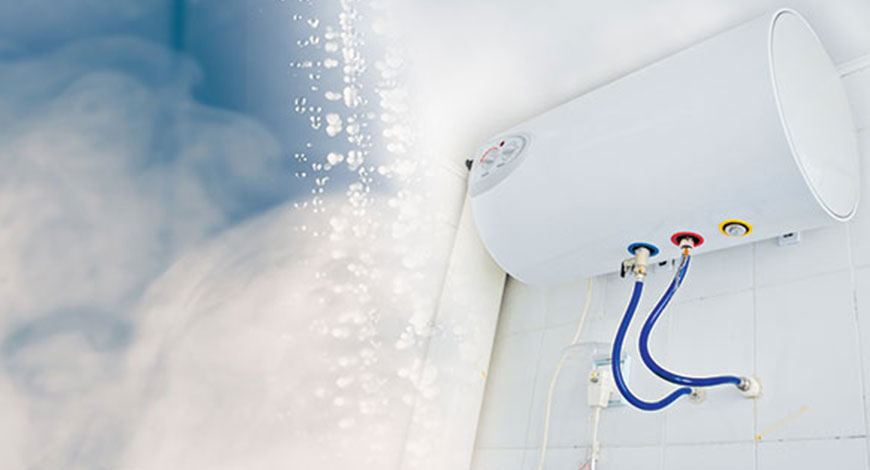Replacing a hot water heater involves several key steps to ensure a smooth and successful installation. Begin by assessing whether your current unit needs replacement. Signs of malfunction might include inconsistent water temperature, strange noises, or leaks. Once you have confirmed replacement is necessary, turn off the power supply to the water heater at the circuit breaker if it is electric, or shut off the gas supply if it is a gas unit. Next, turn off the water supply to the heater, usually by closing the main valve leading to the unit. Drain the tank by attaching a garden hose to the drain valve at the bottom of the tank and directing the water into a suitable drain or outside.

Once the tank is empty, disconnect the water supply lines and, if applicable, the gas line. Carefully remove the old unit, taking care to manage any residual water or debris. With the old heater removed, prepare the area for the new unit. If you are installing a similar model, you can generally connect the new heater using the same connections. However, check the manufacturer’s specifications for any additional requirements or changes in connection types. Position the new heater in place, ensuring it is level and stable. Reconnect the water supply lines, making sure all fittings are secure to avoid leaks. For gas units, water heater companies reconnect the gas line and ensure all connections are tight to prevent leaks; you may need to use a gas leak detection solution to check for any escaping gas.
If your heater has a pressure relief valve, install it according to the manufacturer’s instructions. Next, fill the tank by opening the water supply valve and allowing the tank to fill completely. As the tank fills, turn on a hot water faucet in your home to allow trapped air to escape and ensure proper filling. Once water flows steadily from the faucet, close it. Restore power to the heater if it is electric, or turn on the gas supply and ignite the pilot light if it is a gas unit. Finally, check the system for leaks at all Jnod and ensure the heater is operating correctly. Set the thermostat to your desired temperature, typically around 120°F 49°C for optimal efficiency and safety. Regular maintenance, such as periodic flushing of the tank to remove sediment buildup, will help prolong the life of your new hot water heater.